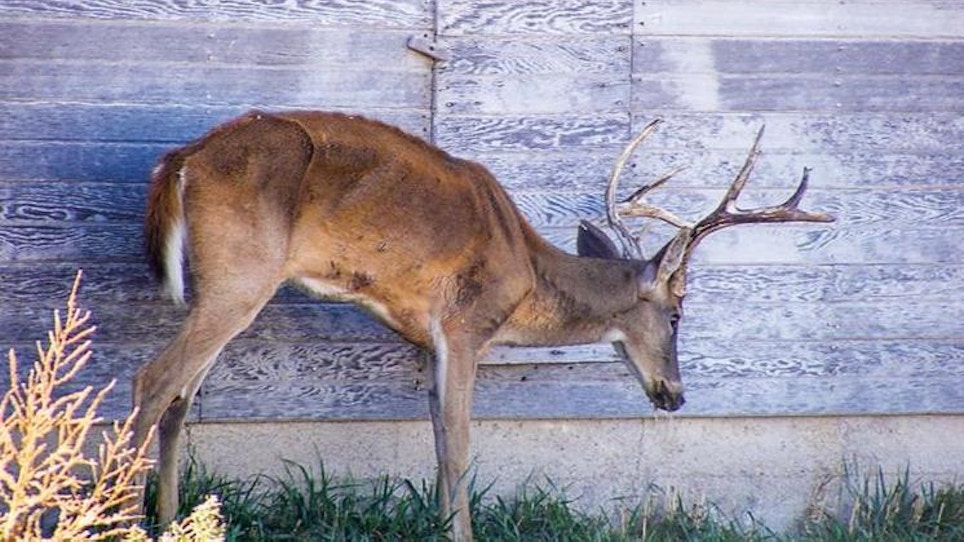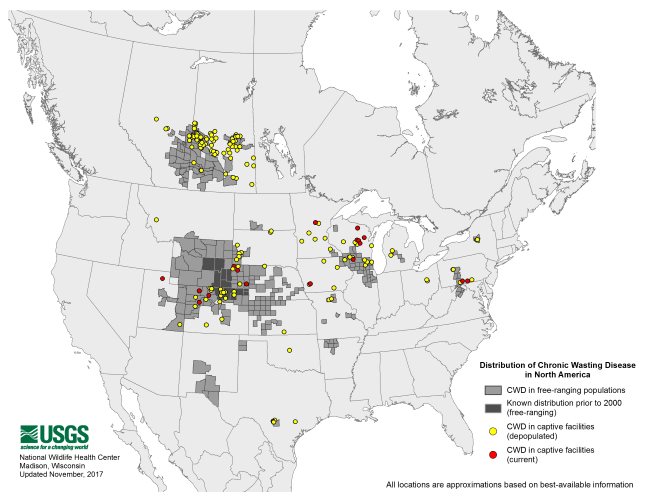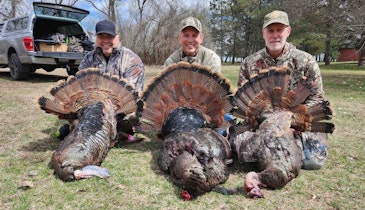Earlier today, The New York Times posted a feature story on the spread of chronic wasting disease (CWD) in deer. CWD, a prion disease fatal to deer, elk and moose, has been covered extensively by Whitetail Journal and Grand View Outdoors’ other flagship titles.
Still, the escalating impact of CWD can be measured by the growing and recent coverage coming from publications outside of the wildlife and hunting communities, with today’s New York Times piece only the latest of such coverage. (Last fall, The New Yorker had its own slant on CWD. The publication has a circulation of 1.2 million and reaches readers well beyond those numbers on its digital platforms.)
Most recently, Montana’s Great Falls Tribune reported on December 5, 2017, that a mule deer buck shot on November 12 tested positive for CWD. And, as the New York Times reported, CWD is not only a threat to North America. It’s a global issue:
It has ravaged deer herds throughout the United States and Canada and forced the killing of thousands of infected animals in 24 states and three Canadian provinces. It has also been found in Norway and South Korea. With the disease widespread in Wyoming, the Dakotas and the province of Alberta, Montana officials had been bracing for its emergence.
Before the 2000s, CWD was considered a “Western” disease because it appeared to be confined to the Wyoming and Colorado region. By 2005, the disease had jumped the Mississippi River and was headed east. New York and West Virginia found their first cases of CWD in 2005.
Within the hunting and wildlife communities, there have been concerns that hunters are in denial. Back in 2015, Don Bates, former supervisor of chronic wasting disease operations for the Wisconsin Department of Natural Resources said in an interview with Wisconsin outdoor writer and Whitetail Journal contributor Patrick Durkin that people tend to ignore CWD.
Bates, now retired, said most deer stricken with CWD die unseen and undocumented in thickets, wetlands or river bottoms.
“If CWD wasn’t such an insidious unseen killer — if it had teeth, claws and hair — the hunting public would be outraged by it,” Bates said. “They want the problem to go away. They’re not talking about it. They’re in denial, but it’s not going away. It’s getting worse at faster and higher rates than ever.”
Maybe that silence is changing. There are signs hunters are beginning to talk about the problem. It stands to reason hunters are nearing a tipping point where the spread of the disease is so great it can no longer be ignored. Brodie McDonald, a Montana big-game hunter who spoke to the New York Times for its recent article, is worried about the consequences of the disease.
“Between deer and elk, all I eat is wild game,” said McDonald, an electrician in Laurel, Montana, who brought his white tail buck in the back of a truck here to be tested. “If it comes back positive I won’t eat it, but if it’s negative I will,” he said. “It worries me that it might become more widespread and you have to get every deer you shoot tested.”
And if hunters have to get every deer they shoot tested, it’s easy to sense the purity of the hunting pursuit isn’t quite as pure. That’s not the greatest concern surrounding this fatal disease, but it is an emotional, persuasive aspect of the fallout from CWD that threatens a hunter's lifestyle and tradition. It suggest disruption to the journey from field to table, a test-station detour that is the symbolic opposite of clean meat and the beauty of solitude in the woods.
The first step in avoiding that detour is knowledge. Resources abound. Here’s a few to check out:
Banning deer urine to fight the spread of CWD is the lazy man’s quick-fix
Chronic wasting disease is spreading, can it be stopped?
CDC: Resources on Chronic Wasting Disease
EHD and CWD: What’s the difference?







